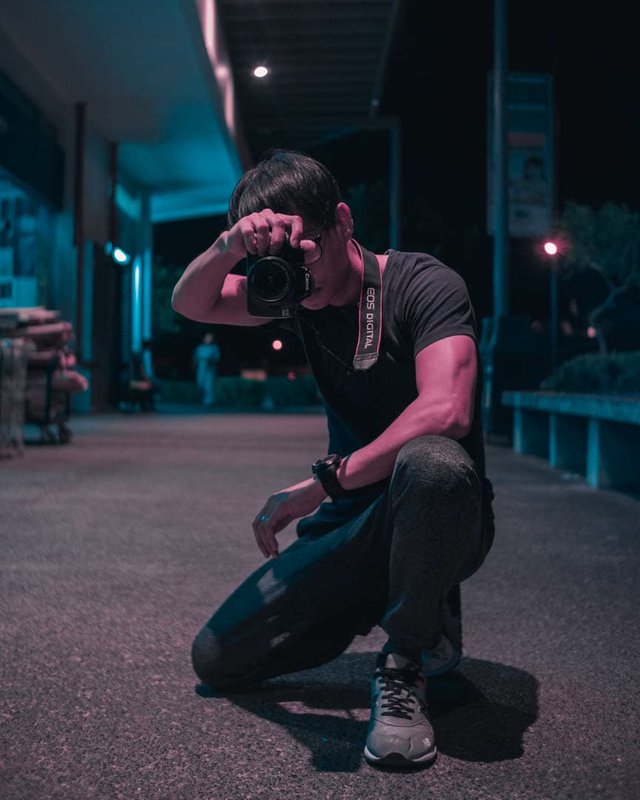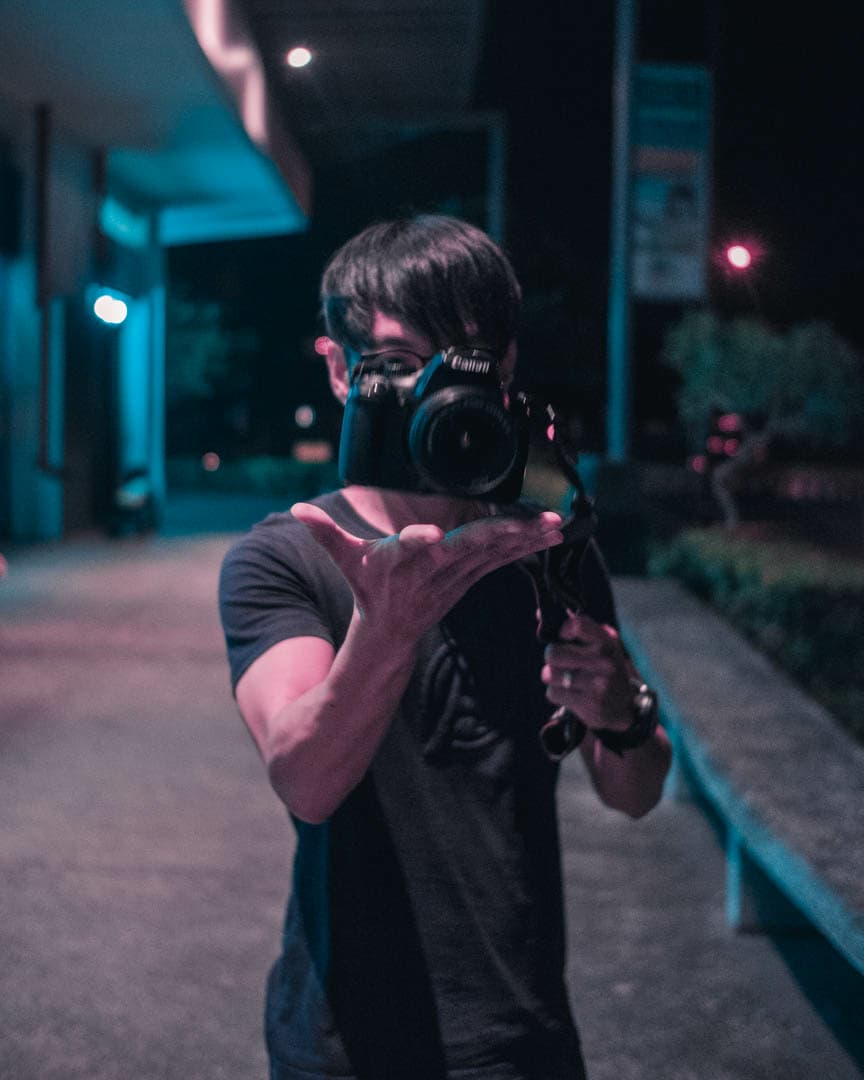Photography101 : The Triangle of Photography (Essential)
Last week I got to meet up with my buddy @rymndbmgt
then he was able to teach me the Triangle of Photography which later I will explain to you.
We meet up near his house at Santa Rosa Laguna it was already getting dark and the first thing he teaches me about is the..
ISO
So this is the first thing I will discuss to you, this is the less difficult to learn among the three.
So the ISO is basically Increasing the ISO essentially allows you to work with less light. As always, though, there’s a tradeoff: increased ISOs result in increased noise and less detail. Noise is the result of random fluctuations in an electrical signal. At lower ISOs, the magnitude of the image signal is large relative to the noise (signal to noise ratio), meaning the noise generally remains unobtrusive. When working at higher ISOs, the image signal is generally close in magnitude to that of the noise and thus, noise enters the image.
This is the image that I first capture with the normal ISO he said it was the safest ISO if you are shooting in a low light environment (ISO 1600)
Then I capture another photo with a higher ISO ISO 3200
and this is another image at ISO 6400
That's the max ISO of my camera I'm using. at ISO 6400
Shutter SpeedShutter speed is a measure of how long the shutter remains open and thus, how long the sensor is exposed to light. Faster shutter speeds give the sensor less time to collect light and thus, result in a lower exposure. Slower shutter speeds allow more time for the sensor to collect light and result in a higher exposure.
He also told me that to capture a stop motion like a moving object, for example a walking person, fast cars, and a flying insect, you need to have less shutter speed but you will sacrifice the light of the of the photo.
This image was capture by the normal shutter speed (Shutter speed 1/60) it seems to be blurry and have a normal lighting
Now, for Shutter speed 1/100 this image capture him while he is walking and as you can see I capture him without a blur but the light was sacrifice, the scenery was darker than the picture above
Aperture is a measure of how open or closed the lens’ iris is. A wider aperture (or lower f-number) means more light will be let in by the lens, simply because the opening is larger. A narrower aperture (or higher f-number) allows less light to reach the sensor.
You might wonder why we would ever want less light to reach the sensor. The answer the majority of the time is that we want a larger depth of field. Depth of field is a byproduct of aperture. Narrower apertures (higher f-numbers) give a greater depth of field, allowing more of a scene to be in focus (think landscapes). Wider apertures (lower f-numbers) create a narrow depth of field, which can help isolate a subject and is one of the greatest compositional tools at your disposal (think portraiture).
He also mention that aperture is the most expensive to achieve among the three because you need to buy a more expensive lens to achieve a aperture of f1.8 - f16
unfortunately I only have the basic lens for now so you can't see the difference of f3.6 - f5.5
but he was able capture me an image of aperture of f1.8 in his camera as you can see this image has a blur background

Here are some more example of the combination of ISO 1600, shutter speed 1/1250 and aperture f1.8 captured By Fuji film XA3

ISO 3200, shutter speed 15" aperture f3.5
Hope you've learn something for me today. thanks for reading and do not forget to upvote.
Thank you STEEMIT!
Congratulations @johannjose! You received a personal award!
Click here to view your Board
Do not miss the last post from @steemitboard:
Vote for @Steemitboard as a witness and get one more award and increased upvotes!
Congratulations @johannjose! You received a personal award!
You can view your badges on your Steem Board and compare to others on the Steem Ranking
Do not miss the last post from @steemitboard:
Vote for @Steemitboard as a witness to get one more award and increased upvotes!